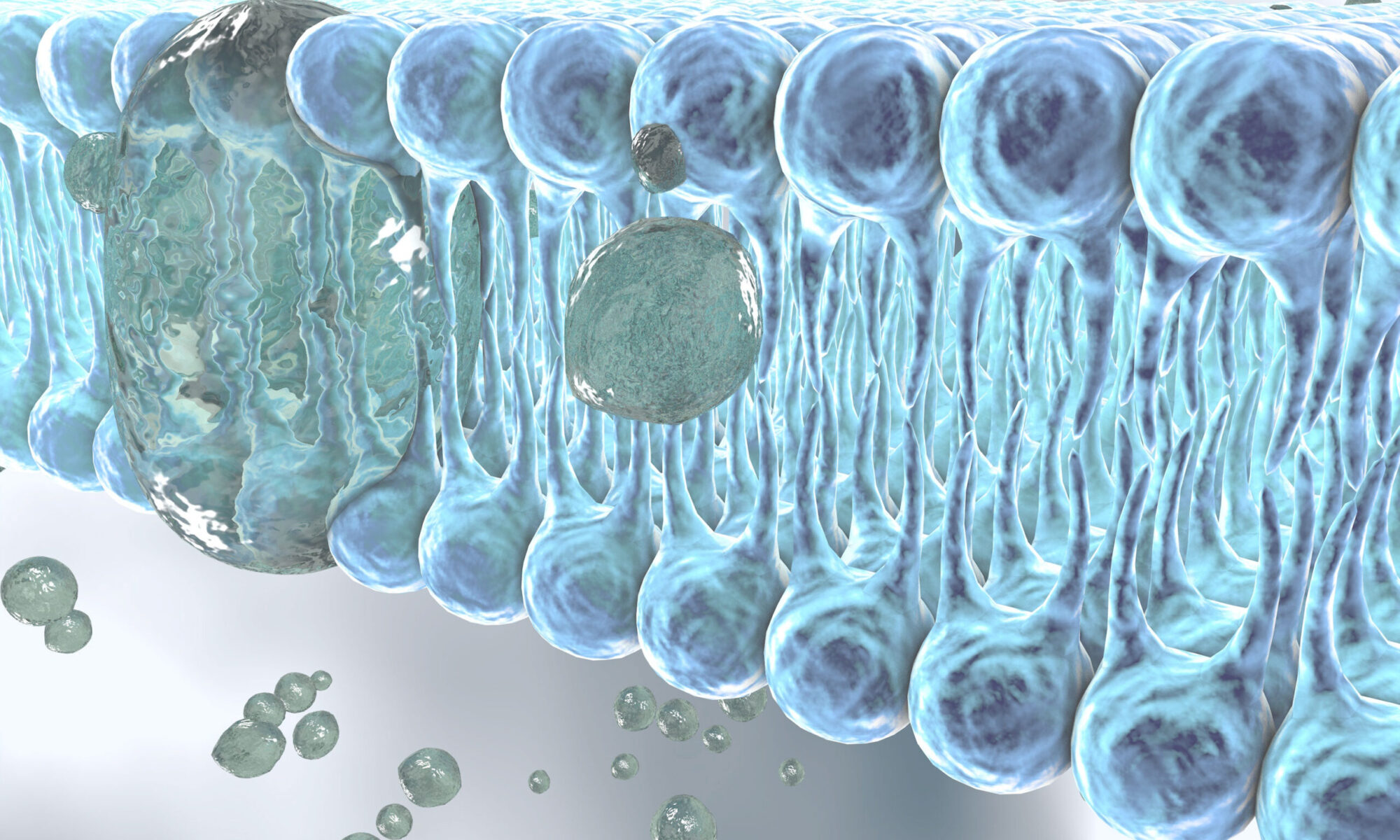Novel Therapies in KCNT1 channelopathies
We hypothesize that KCNT1-blocking agents can correct or prevent the phenotype in KCNT1 channelopathies. Therefore, our main goal is to identify potent and brain-permeable KCNT1 blockers and to test their effects on in vivo neuronal network activity and the epilepsy phenotype.
Together with our collaborators at the Fraunhofer society and the DZNE, who are experts for high-throughput screening applications, we successfully established a screening platform for KCNT1 blockers. In addition to our first validated screening hit, we expect to identify further compounds in several compound libraries. Following validation of the hits by electrophysiological recordings in vitro, our second goal is to test the effects of KCNT1 blockers on early brain electrical activity in vivo in neonatal mouse pups starting with our first screening hit (compound A).
Our third goal is to phenotype humanized Kcnt1 mouse models, which are presently being
generated. We expect increased baseline potassium leak currents and altered neuronal activity in acute hippocampal slices in vitro, as well as epileptiform activity in neonatal depth and ECoG telemetric recordings and behavioral deficits. KCNT1 blockers identified by our screens will then be tested regarding normalization of the phenotype of mutant Kcnt1 mice. Our fourth goal is to assess a possible broader applicability of KCNT1 blockers in epileptic encephalopathies. Candidate compounds will also be used in our established mouse models (e.g., Scn2a, Kcnq2).
Given the lack of efficacious treatments in patients with KCNT1-associated epileptic encephalopathies, candidate compounds might then be readily transferred into off-label use in single patients (when already FDA approved), or in preclinical trials (for new compounds).

